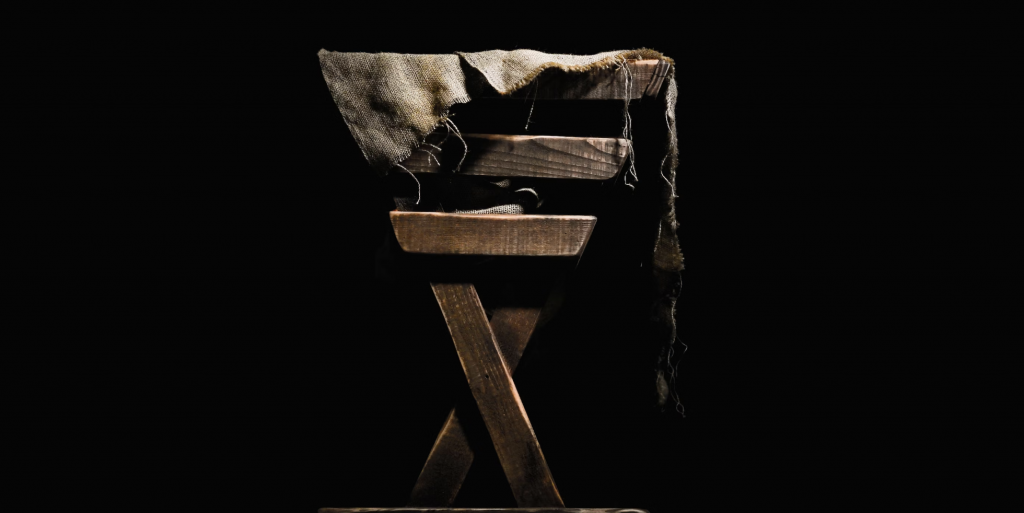
You see, the Christmas narrative—fully told—is quite different from what one might typically imagine. It’s not the sappy and sentimental tale of a harmless baby, welcomed by shepherds and angels. It’s not only the true story of the whole world, but it’s one in which the “harmless baby” engages in a cosmic battle to defeat the forces of evil.
Jesus is the hero you want, whether you know it or not.









